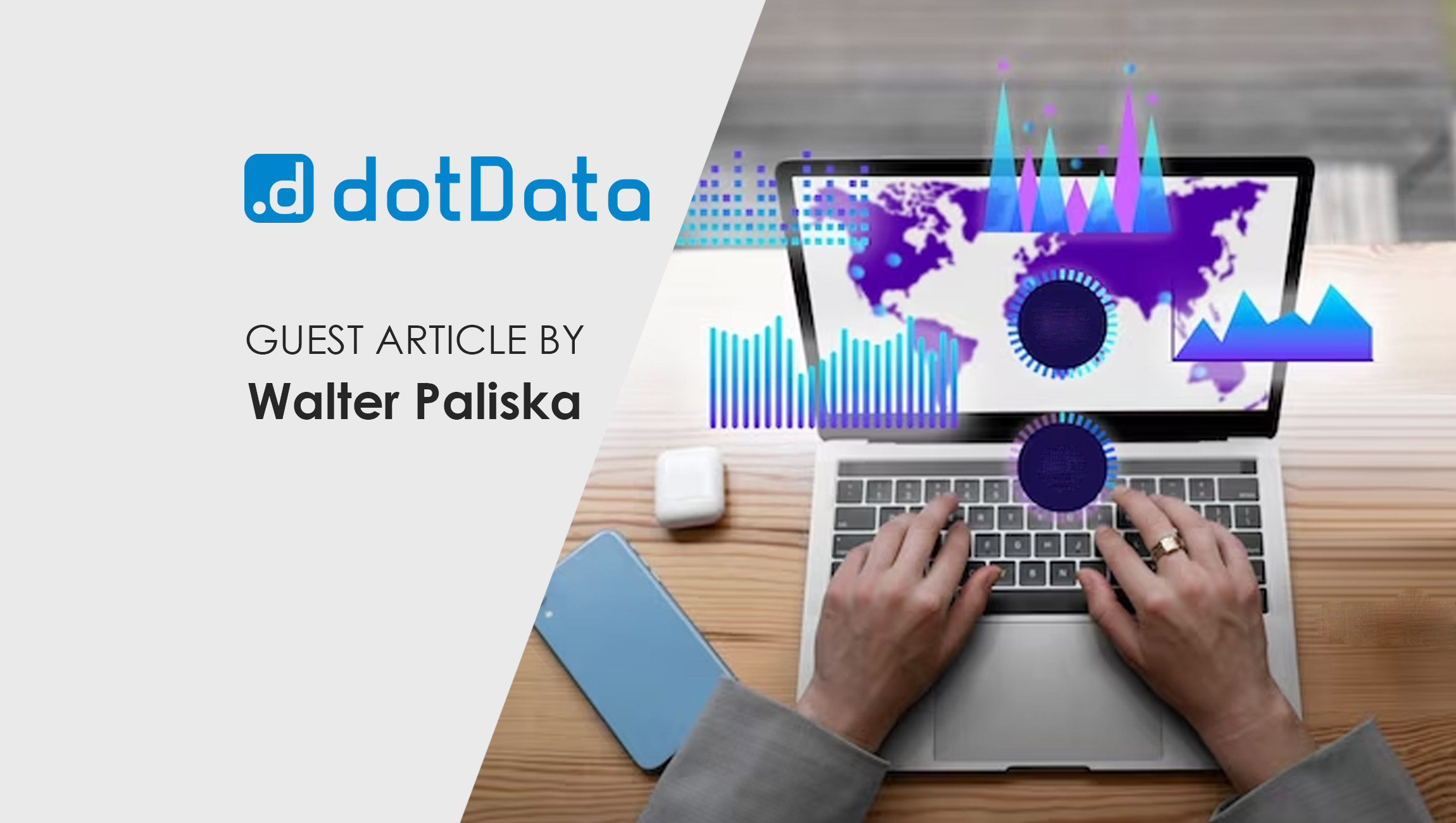As the era of generative AI takes over, companies rush to adopt the new technology. But, deploying predictive analytics and AI is still a complex path to embark on for any company.
Additionally, many organizations are tunnel-visioned with AI content generation and are missing out on the full potential of AI. During a recent discussion held by McKinsey on US media day, Ben Ellencweig, leader of alliances and acquisitions at QuantumBlack the AI consultancy branch of McKinsey, encouraged. companies to focus on the four Cs: coding, customer engagement, content generation, and content synthesis.
Today, anyone can go online and use generative AI apps to create novel digital content such as emails, blogs, or ads to support digital marketing campaigns. However, a company simply cannot use ChatGPT, Bard, or Bing to develop the AI apps or machine learning (ML) models needed for efficient CX cross-selling campaigns.
Not only do these models feed on customer data, which companies should never input into public AI models for matters of privacy and security, but these systems must be carefully designed, developed, and customized to meet specific targets.
Cross-selling and knowing your customers
Suppose a company has 100,000 customers and wants to increase its sales. They can go in two directions; to broaden their customer base or engage in cross-selling. Studies show that cross-selling can be 2 to 5 times more effective than campaigns that target new customers and 30 to 35% of total revenue in e-commerce is linked to cross-selling or up-selling.
The key is to know your customers. Here is where machine learning, AI and predictive analytics comes in. Using this technology, companies can analyze significant amounts of their untapped customer data, identify which data is most valuable, and use that data to build customer profiles. These customer profiles will later be the core foundation of hyper-personalized content segmentation designed to increase customer engagement and improve brand experience.
Marketing Technology News: MarTech Interview with Wain Kellum, CEO at Canto
From raw data to customer signals
The first step when creating these AI-ML models to improve CX is to make an exhaustive customer data inventory. For example a bank may identify customer data it generates through its support chatbot, accounts, contracts, customer purchase history and other. A company needs to know exactly what customer data they have and where it comes from. The data inventory is also essential to understand what data is useful or fit for business. For example, outdated, incorrect, or inconsistent data is a liability and must be cleansed before AI or ML can use it.
A specific type of data is needed in AI
Once the data inventory is complete, data is compiled in data warehouses and eventually refined for business intelligence purposes in data marts. But both data marts and data warehouses can be tough to manage, as they contain all types of data, including historical and live data.
AI and ML algorithms generate predictive analytical results using machine learning, specifically choosing data from these data marts or warehouses. For example, if an algorithm is designed to increase loans among customers, it may work with data such as customer income, expenses, credit history, and so on. Similarly, that same algorithm would be thrown off if we added irrelevant data to its calculations, such as customer food preferences. The model may also be biased if we added data such as gender or race, presenting significant ethical and legal risks.
Automated feature engineering and signal-based marketing
Knowing what data an AI or ML app should use is just as important as making sure that the data it uses is of the highest quality. This field in AI and ML is known as feature engineering. Contrary to what most people think, AI systems do not use all the data a company may have. The data AI-ML systems use is often manually and carefully selected by data engineers, data scientists, with the help of subject matter experts who are familiar with both the data and the business problems the company is trying to solve with Machine Learning. .
But selecting the right data can be exceptionally tricky. It may take a data team weeks or even months to find the right combination, as they manually iterate through multiple scenarios and combinations of data elements and hypotheses based on their massive data warehouses.
The 2022 State of Data Science reveals that data scientists spend 37.75% of their time on data preparation and cleansing. They also spend an additional 26.44% of their time working with models through selection, training, and deployment. These processes can be accelerated, slashing times to just hours, by using automated feature engineering. Automated ML tools can evaluate billions of data points across multiple categories to discover the data the company needs to use.
In this case, where an AI-ML model is used with the main goal of increasing cross-selling, the data a company is after is known as consumer buying signals. Buying signals include information such as customer habits, history, behaviors, preferences, and more. Signals are used to group customers into specific categories. For example, a bank looking to increase home loan cross-selling might end up with a category such as “Customers who make more than $150,000 and are looking to buy a $500K home”.
Even if the algorithm proves to be effective, companies still need to optimize and deploy it efficiently. They must also maintain these AI-ML algorithms as customer data is being constantly generated, and new data continually emerges. Despite these challenges, using this approach, companies that develop in-house AI or ML systems can better serve their customers and drive their bottom line.
Marketing Technology News: Why You Need a Dedicated Marketing Operations Team
What to keep in mind
AI applications and ML models can drive cross-selling are not plug-and-play solutions. These technologies demand a total commitment and understanding and present risks like compliance, bias, and inaccuracies. However, with best practices, and robust AI strategies, any company can benefit from AI and ML. Mastering new technologies allows businesses to keep one step ahead and gain a competitive advantage. They also serve the end users when campaigns and efforts are customer-centered.
The more a company knows about AI and how it can use it, the better the benefits will be. Generative AI promises to change the world of digital marketing and content, but its limitations cannot be denied. Yet ML and AI systems that can process sensitive customer data safely are here to more efficiently serve the complex operations that modern CX demands.











